Three Strategies To Improve Reliability
EP Editorial Staff | April 1, 2022
Automating data collection for condition monitoring makes the most of new and existing technologies.
By Drew Mackley, Emerson
All plants strive to operate at peak safety and efficiency. As supply chains are disrupted, resources constrained, and experienced personnel become scarce, reliable operations become even more critical to achieving those goals. As a result, reliability teams are working to make condition monitoring their primary approach to maintenance.
Fortunately, the advanced sensing, analytics, technologies, and software that drive condition monitoring are more cost effective to apply than ever before. It is now easy for plants of any size and experience level to automate reliability strategies across all plant assets for optimal performance and uptime. Plants having the most success implementing partially or fully automated reliability programs are using three key strategies to deliver the most value from their investments.
Leverage automation to increase productivity
Plants of all sizes—especially small- and medium-sized operations—have long relied on manual maintenance rounds, with personnel using handheld analyzers, to monitor the health of rotating equipment. However, walking around the plant to collect routine data from assets is a lower-value task with high overhead.
With this approach, experienced plant personnel, already in short supply, spend most of their time collecting data, rather than performing higher-value tasks such as analysis, root-cause diagnosis, engineering changes, and implementation of other technologies. Or, when consultants are used to gather data, organizations are seeing costs and wait times escalate as retirements mean fewer trained personnel are available.
Manual rounds can also risk putting the plant’s most important asset, its personnel, in harm’s way. Traditional route-based monitoring often requires plant staff, equipped with handheld analyzers, to visit assets located in hazardous areas. Automated monitoring delivers equal or better asset health data while greatly reducing personnel exposure to risk.
Instead of automatically monitoring only the most critical assets in the plant with rack-mounted online monitoring systems, reliability teams are taking advantage of increased wireless bandwidth to install smaller, more cost-effective wireless sensors. When these sensors are properly configured, with measurements tailored to each asset, it becomes easy and efficient to continuously monitor all critical plant assets.
When organizations move to automated monitoring, they see multiple benefits. First, the reliability team collects all asset data regularly, consistently, and reliably because exact points of measurement never change due to variation in personnel technique, and collection occurs regardless of personnel availability.
In addition, continuous monitoring increases the likelihood that other tasks critical to plant performance are completed, helping ensure the plant is always running at peak safety and efficiency. Furthermore, assets that may have gone unmonitored in the past due to limited resources can now be monitored automatically, thus providing complete plant coverage and improved overall reliability. Continuous monitoring also helps plants build a foundation for artificial intelligence (AI) and machine learning (ML) platforms.
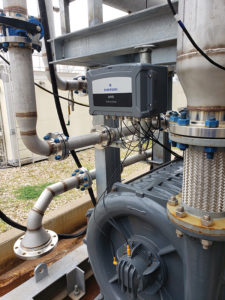
Inexpensive and easy-to-install edge devices, such as the Emerson AMS asset monitor, enable plants to keep a close eye on even lower-criticality assets. Photo courtesy Emerson
Implement edge-analytics technologies
Forward-thinking organizations are also providing personnel with the tools to make analytics easier and more effective. To do so, reliability teams are turning to sensing devices capable of converting raw data into actionable information at the edge.
Sensing devices with embedded edge analytics help reliability teams quickly decipher issues on the plant floor. They also provide guidance and workflows to help plant personnel intervene to resolve issues quickly and easily.
Edge-analytics tools gather much more data faster than is possible with manual rounds and also use integrated analytics technologies to quickly identify common issues. Intuitive human machine interfaces are accessible at workstations or can be viewed remotely through secure connections on mobile devices, untethering workers to perform higher-value tasks in the plant, while continuing to monitor asset health.
Today, even the lowest-criticality assets can easily be monitored continuously, affordably, and automatically using small, easy-to-install wireless vibration monitors. Plant personnel can install these devices in minutes and immediately begin collecting data.
Outfitting a wider range of assets with continuous monitors capable of performing analytics typically provides fast return on investment. One multinational manufacturer recently installed Emerson’s AMS Asset Monitor to continuously gather and analyze health data for a series of essential assets. Shortly after the monitor was turned on, it identified a lubrication issue in a forced draft fan and notified the reliability team.
Maintenance personnel were able to immediately resolve the lubrication issue and return the fan to peak performance. Had the team continued to rely on manual rounds, the asset could have continued to run in an under-lubricated state for weeks until the next data-collection cycle. That could have resulted in accelerated bearing wear and consequent downtime.
Take advantage of existing technology
Moving to fully automated monitoring does not mean existing tools become useless. To the contrary, once reliability teams increase data collection through continuous monitoring, tools, such as handheld machinery health analyzers, become even more essential to predictive and scheduled maintenance.
Automatically monitoring several assets will generate alerts. There will be no support for altering or stopping operations every time there is a potential issue. Edge analytics built into sensors will provide the data necessary to diagnose many issues but, in some cases, the reliability team will need higher resolution, higher frequency data, or will want to run some troubleshooting tests to confirm the severity and further pinpoint the nature of the diagnosis.
Often, technicians may need to perform other troubleshooting steps, such as bump testing, coherence testing, cross-channel analysis, order tracking, and time-synchronous averaging, to identify and determine root causes for problems. This need is especially acute with more complex machinery, such as in variable-speed devices, multi-shaft assets, or machines in close proximity to other equipment where diagnosis must compensate for different variables.
When plant personnel need more information, the portable handheld analyzers now become powerful tools. Because they are no longer occupied with data-collection rounds, technicians can use the analyzers, in tandem with their own senses and experience, to further diagnose the most complex problems. Armed with this extra information, teams can plan and prioritize corrective maintenance based on availability of parts, resources, production schedules, delivery times, and planned outages.
As plants move into the future with a closer eye on staffing, supply chains, and remote work, reliability teams will rely more heavily on automated monitoring to ensure efficient delivery of critical information to key personnel, wherever they may be. The technology exists today to cost-effectively move to fully automated monitoring. But, as reliability teams implement those technologies, it is also important not to lose sight of the new role existing technologies can play to build a comprehensive, holistic condition-monitoring program.EP
Drew Mackley is Director of Reliability Solutions at Emerson, St. Louis (emerson.com). He has more than 25 years of experience in the predictive-maintenance industry, working with customers to establish and grow machinery health-management programs in a variety of industries and locations around the world. He earned his BSEE degree at the Univ. of Tennessee, Knoxville.





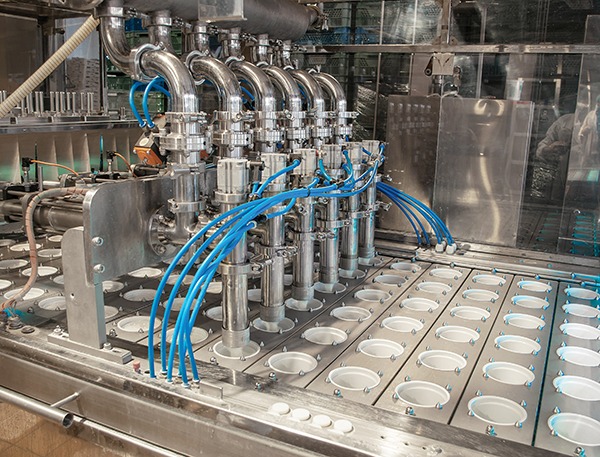

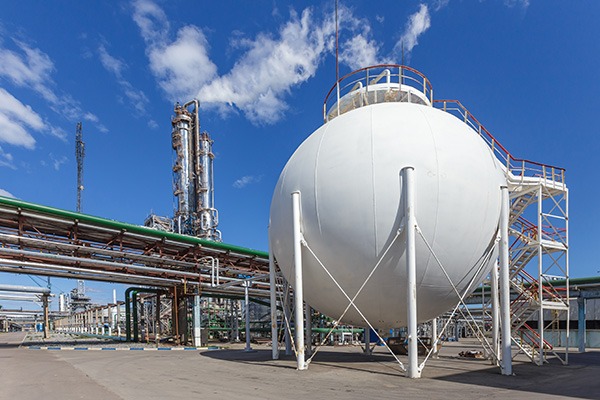

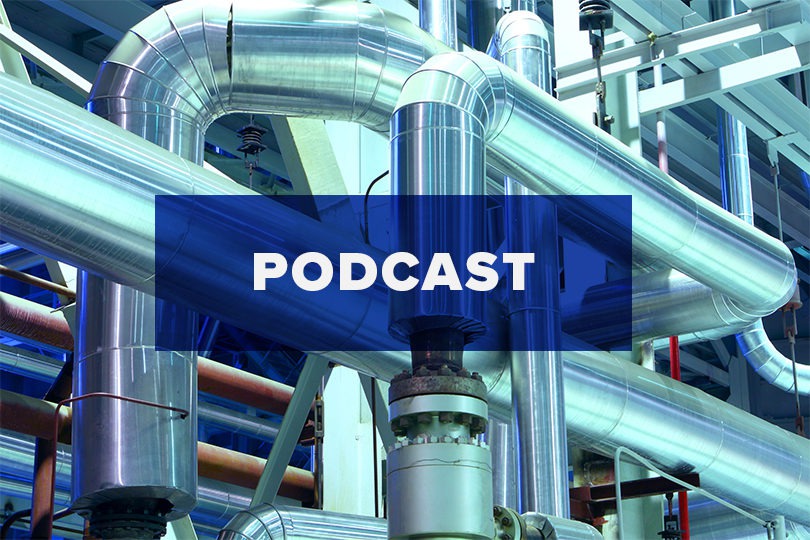
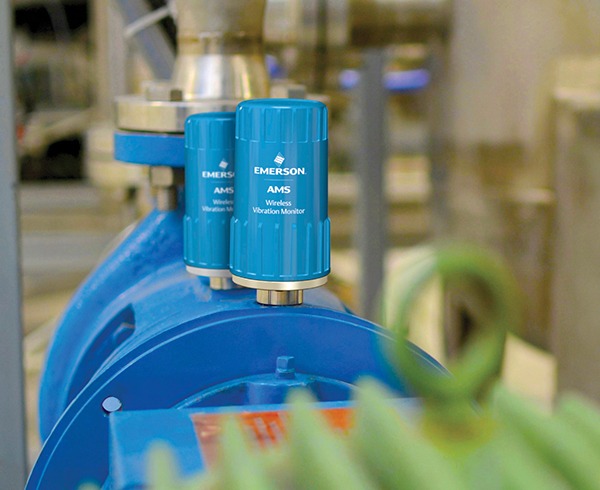
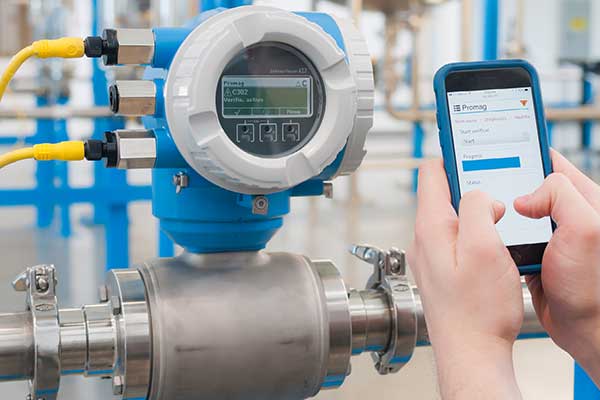
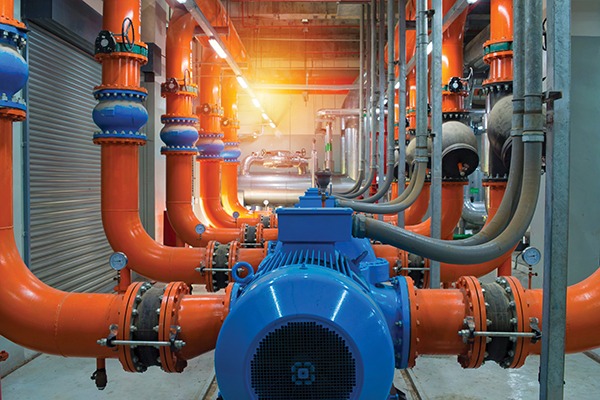
View Comments